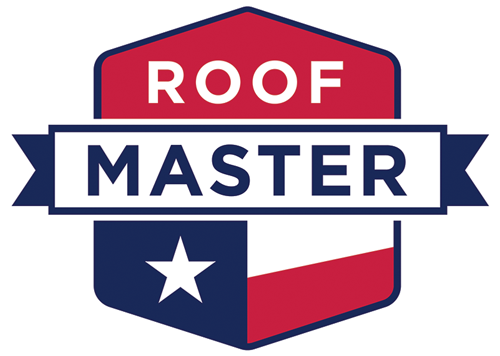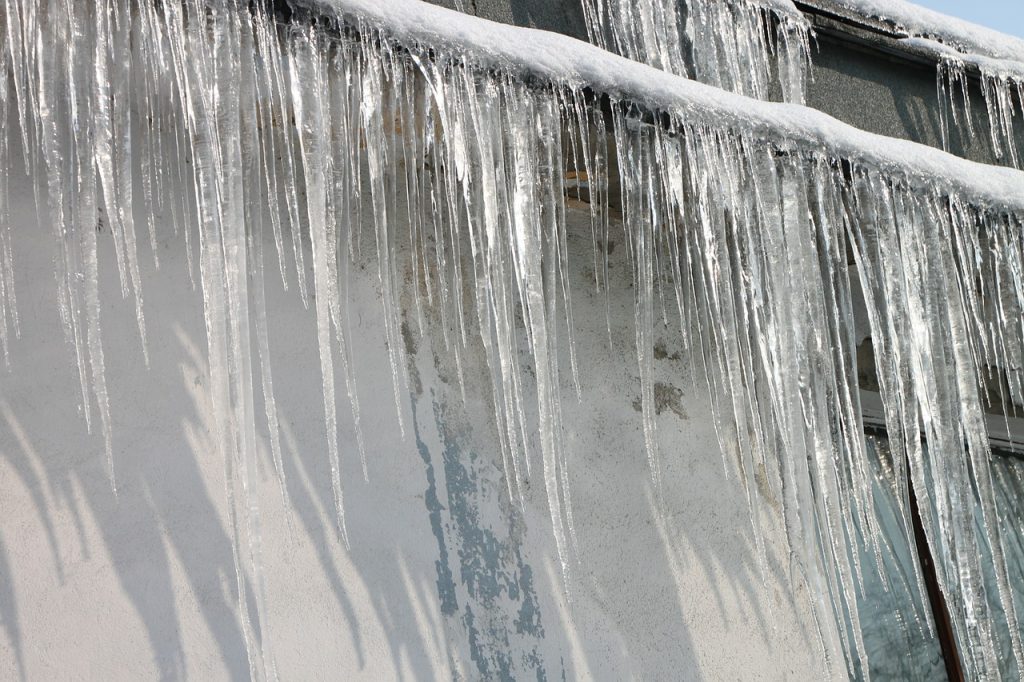A significant aspect of winter weather home maintenance that homeowners need to know is roof ice dam prevention. Ice dams can occur from fall to spring on the edge of your roof after a snowfall. The occurrence can cause severe damages to buildings like mold in the attics.
Icicles hanging along the eaves of your house may look beautiful. However, since it is a challenging task to remove ice dams, it is necessary to prevent them from forming in the first place. This article explains more about ice dams and how to avoid them.
That said, let’s get started!
What Are Ice Dams?
Ice dams are an accumulation of ice that forms along the eaves leading to blockage of meltwater from draining.
How Ice Dam Forms
Ice dams happen once warm air from your living area escapes into your attic. The warm air then heats your roof, causing any amassed snow on there to start melting. The melting snow runs down to your roof edge, icing in your gutters and form an ice dam.
How Do You Prevent Ice Dam On Roof?
Cold weather brings ice and snow, making it essential to think about protecting your roof and home from adverse weather. Though ice dams constitute a significant challenge to homeowners, it is a common issue that is easy to prevent. The top way to fight an ice dam is to find its source. However, you can avoid them in the following methods.
- Close Up Attic Bypasses
Almost one-third of heat loss in an average home is through the ceiling into the attic. Most heat loss comes from leaking air contributed by cracks, unblocked walls, and gaps in drywall.
Such air leaks are hard to stop since you have to climb into your attic, pull or rake back insulation, and plug the leaks using foam, caulk, and other methods. However, the work is a cool weather project to prevent the formation of ice dams.
- Keep Your Gutters Clean
During winter, keeping your gutters clear of leaves, twigs, and debris is a simple way to prevent ice dams from forming on your roof. Ensure there is an excellent place for melting snow to drain from your roof to eradicate the likelihood of ice dams from forming.
- Install Heat Cables
Installing heat cables is a long-term approach for ice dam prevention. Install the cables in strategic patterns across the parts of your roof prone to pooling water and create warm channels that permit the water to escape your roof’s surface before ice forms.
If ice dams are a recurring issue for you, heat cables can be your best option since they are a durable way to prevent ice dams. However, the cables run on electricity and will likely influence your energy bill.
- Ventilate Your Attic
During winter, making sure that your attic is well ventilated is paramount when it comes to maintaining your roof. Houses with good attic ventilation usually lack ice dams. Also, letting natural outdoor airflow ventilate into your attic will help keep it cold and prevent the formation of ice dams.
There are many means of improving attic ventilation. For example, upon insulation of the spaces between rafters, you can create a constant airflow from the soffit to the roof’s peak. A soffit and ridge vent system typically wants insulation baffles fitted at the lower side of the top above the exterior walls to form an unrestricted airflow past the insulation.
- Snow Rake
Snow rakes are essential tools for eradicating snow from your rooftop before it has the time to melt and refreeze. But, you ought to be careful not to damage the shingles that lie beneath.
Luckily, snow rakes come with a roller at the bottom to prevent damage to the roof when removing the snow. You are likely to find snow rakes with a metal rod to help cut hard snow and make the removal easier.
- Ice Belt Metal Panels
There are many roofs made of shingles, which work well to remove water until it starts to travel upwards. A more proactive approach in preventing ice dams is to fix ice belt metal panels by installing them along the eaves to block water.
You can find the aluminum-made ice belt in short panels of about three to four feet in length. However, you have to remove a few rows of shingles from the eaves of your roof to install the ice belt panels.
How to Remove Ice Dams from Your Roof
Removing ice dams hastily after formation is a crucial option in preventing long-term damage. Below are various top products to help you in the process.
- Industrial Pressure Washer
Using a steam pressure washer with a low psi is ideal for eliminating ice dams fast before they have time to damage. There are different pressure washers in the market, and you only have to find one that suits your need and budget.
- Calcium Chloride
After buying the product, pour some of it into a netted bag and place the bag of chemicals on your roof across the gutter and the ice dam. As it melts the snow, calcium chloride will permit the water to run off.
- Box Fan
A box fan is a cheap solution to remove ice dams. Place the box fan in the attic, pointing to the zone where water is coming in, and turn it on to let the water freeze again. Nevertheless, this is just a temporary fix before you make an everlasting repair.
- Consult an Expert
Consulting a professional snow removal contractor to assist in the snow removal process is an incredible way to safeguard your roof from ice dams. The expert will inspect your roof to ensure that it can handle the chilly months and remove any accumulated snow or ice dams.
Final Words
Use the mentioned practices to walk around your ice dam formation source and get ahead of the issue as soon as possible. Investing the energy and time into ice dam prevention can save the stress and expenses of molds, leaks, and damaged roofs.
Contact us today to talk to one of our agents and get a free inspection.



